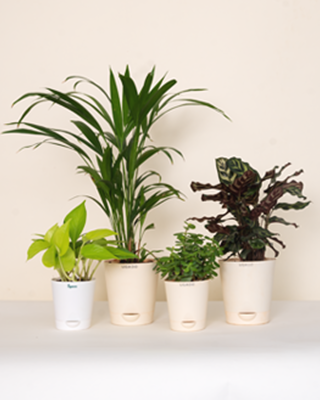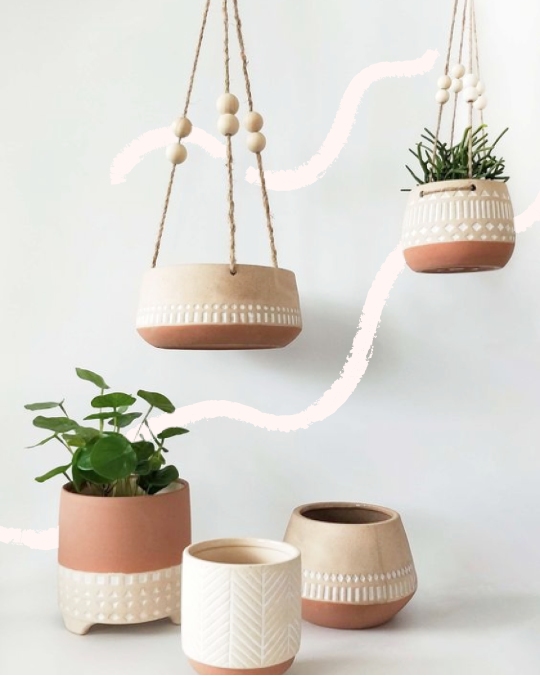All great home gardens have that extra bit of wow factor that elevates them above the ordinary. That is what shows the dedication and ingenuity of the gardener.
Then here’s a simple but extremely effective way to take your garden to the next level: Trellises.
• What is a Trellis?
A trellis is simply a framework that can support the growth of shrubs, vines and creepers. Moreover, it adds another dimension to your garden because you can prop it up on a wall. This turns any dull, dead corner into one thriving with life and olivine vitality.
With a trellis, you can also grow plants that you couldn’t have before, and that’s always good if you want to add some variety.
Also Read: vegetables that require trellis support

• Types of Trellis Supports
Speaking of variety, trellises are actually the most simple kind of plant support that can be employed.
1. Pergolas
There are also pergolas, which are more advanced support. They have supporting posts that can prop up a roof like structures and act like shady areas in a garden.

2. Arbor Trellis
Also, there are arbors which are probably the most complicated form of support and may even be considered an art sculpture. They appear as one-half of a tunnel, with latticework on all sides.

3. Lattice Trellis
The Lattice Trellis is an ideal starting point for various other outdoor trellises. It is fabricated with sturdy lattice panels that are accentuated with faux columns. Lattice trellis supports climbing vines that spice up the look with deep-dark contrasts. Covering the sides of two neighboring buildings, it provides a connecting element.

4. Wooden Trellis
You can customize the wooden trellis with the desired shape, size, and design. Do not forget to place spacers to provide a gap between the two structures, in order to prevent water damage.

5. Wire Trellis
A well-planned, high-tensile wire trellis supports both tree and wine with minimal errors and results in a neat, straight, longer-lasting trellis.

6. Wall Trellis
A wall mount trellis is extensive and detailed. It is crafted to complement a brick home. Wall trellis provides a broad expanse of wall and provides visual relief. This trellis can be flanked by climbers on one side and flowers in front.

7. Bamboo Trellis
A bamboo trellis extends to the length of the fence. The light bamboo color stands out against the wooden fence and is ideal for supporting the climbing vines. It is simple in pattern and is incredibly easy to create.

But for now, back to the humble but brilliant trellis! Did you know that it was used in early French gardens just for its visual appeal even when it had no plants? Such is the beauty that the very first wallpapers were designed to mimic the trellises in those French gardens.

Convinced to try out some trellises in your own garden? Well, we’re here to show you how that can be done, from start to finish!
How to make a trellis?
What you’ll need are some wooden bars (2x4s), nails, a hammer, a cutting saw and a lattice framework for the back.
1. First, you’ll be working on the frame for your trellis. Size them up according to the available space. Remember that about one-third of this structure will be going underground to act as a support. So, keep that in mind as you cut out the main parts of the framework.

2. You’ll need to connect your vertical supports with your horizontal ones, and for that, you’ll need to make ¼-inch-deep notches in your wooden bars. Measure these out so that your lattice framework will fit snugly in the middle and then make your notches.
3. Once that is done, you’ll need to smooth out these cuts to avoid any splinters and rough areas. This step you’ll be repeating after pretty much every cut. You can smooth out the surface with the help of a chisel, gently carving the uneven wood.
4. Once all the notches have been put in, it’s time to assemble the main frame of your trellis. First, move all the individual parts closer to the location where you will be setting it up. Then, start connecting the vertical and horizontal bars with the help of the nails. Hammer them in carefully so as to not damage yourself or the wood.

5. Once that is done, then take the lattice framework and place it within the framework and fasten it there. It will still move a bit as it is flexible, but it should remain tight in the wooden frame.
6. Finally, all you have to do is dig a hole wherever you intend to install it and simply prop it up. There you go, your trellis is ready!

If you're not comfortable creating your own trellis or want professional help, you can always turn to our sturdy and reliable trellis supports!














